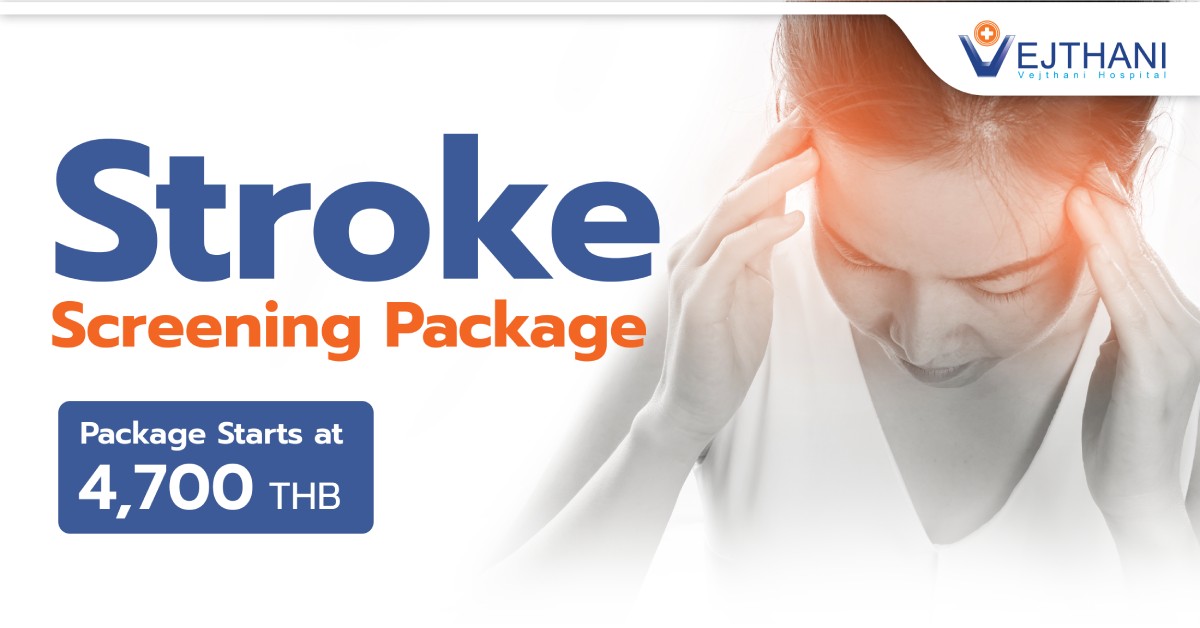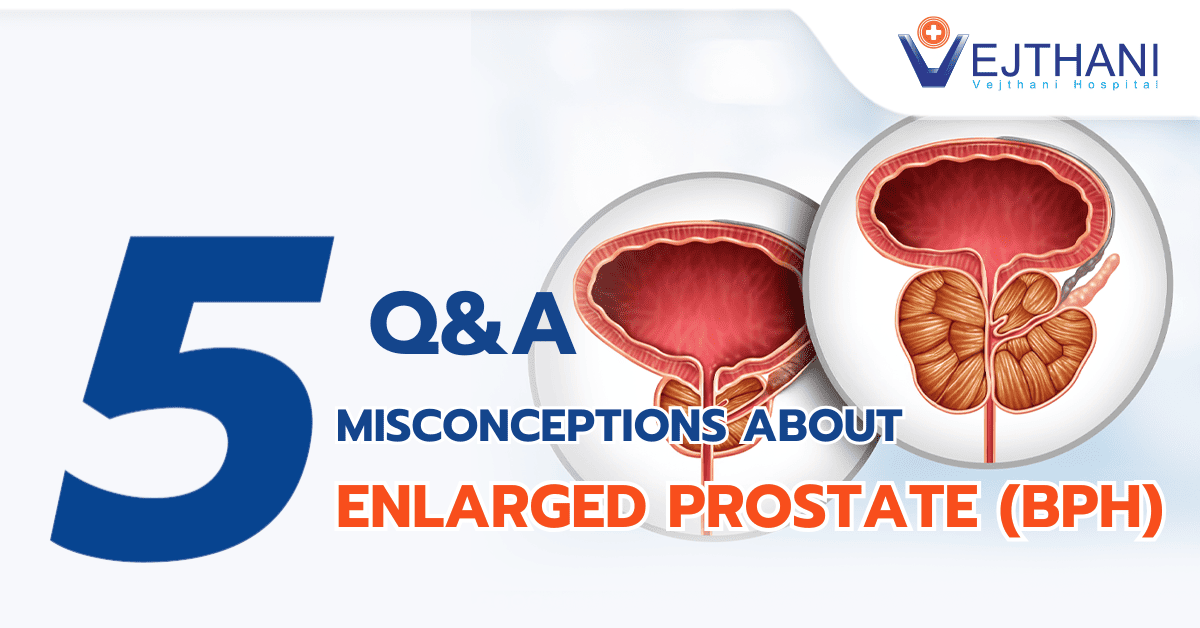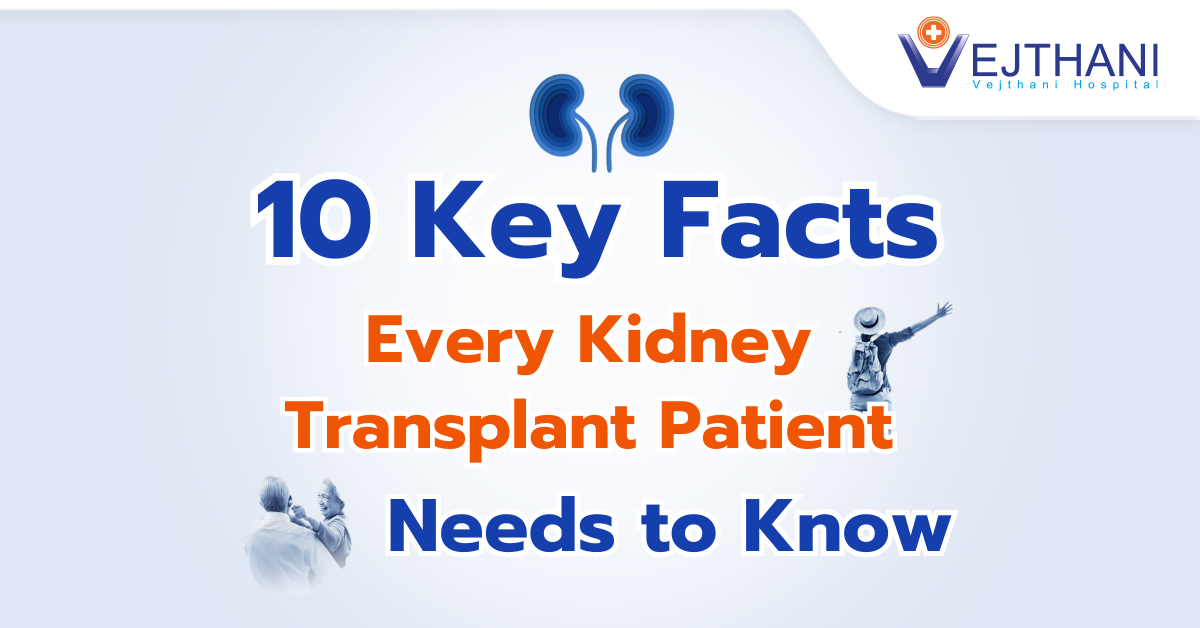
Frequency-Specific microcurrent (FSM)
Overview
Frequency-specific microcurrent (FSM) is a pain treatment technique that uses low-level electrical currents delivered to specific body areas to relieve pain. A frequency, measured in hertz (Hz), is the rate at which a sound wave or electronic pulse is produced. During FSM treatment, different frequencies can be used to potentially reduce swelling, repair tissue, and alleviate pain.
Reasons for undergoing the procedure
The following conditions are among the most common for which FSM is used to treat pain, particularly pain from the nerves and muscles, inflammation, and scar tissue:
- Acute and chronic musculoskeletal injuries.
- Acute and chronic neuropathic pain.
- Arthritis.
- Asthma.
- Burns.
- Chronic fracture and bone pain.
- Concussions.
- Diabetes-related neuropathy.
- Fibromyalgia.
- Headaches.
- Irritable bowel syndrome.
- Kidney stones.
- Neuromas (overgrowth and nerve scarring following an injury).
- Plantar fasciitis (heel and foot pain).
- Shingles.
- Spinal injuries.
- Sports injuries.
- Tendinopathy (tendon inflammation and/or swelling)
- Torticollis (the head is tilted to one side).
- Viscerally-referred pain.
- Wounds.
Risk
Particular individuals should not be treated with FSM, this includes the following:
- Those who experience uncontrollable seizures.
- Those who wear pacemakers.
- Those with implanted pumps.
- Those women who are pregnant.
Additionally, in cases of acute fractures, new scar tissue (within six weeks), and acute infections, certain frequencies should not be used. Before receiving any kind of treatment, make sure to discuss any of these worries with your healthcare provider.
Treatments for FSM frequently result in extremely minimal and minor side effects. You may experience nausea and drowsiness as a side effect of the procedure.
Procedure
During your FSM treatment, your healthcare provider will set specific frequencies tailored to your condition, often using two different levels, such as one microcurrent channel at 10 Hz and the other at 40 Hz. The current is typically applied using a moistened towel or skin patches. To ensure the best results, it’s crucial to stay well-hydrated by drinking plenty of fluids before your appointment. Depending on your condition and pain level, the effects of FSM treatment can last several days or longer, with acute injuries often experiencing lasting pain relief.
Outcome
Frequency-specific microcurrent (FSM) treatment can lead to lasting pain relief, which may persist for several days or longer, depending on the severity of the condition. It is particularly effective for acute injuries, offering a non-invasive and often pleasant experience. The low-level currents used in FSM are typically imperceptible to patients. During treatment, you may notice a gentle warming and softening of the affected tissues.
One of the mechanisms through which FSM operates is by potentially increasing ATP production in injured tissues. ATP is crucial for cellular functions throughout the body. FSM therapy may enhance ATP production by up to 500% in damaged cells, aiding in the healing process. Additionally, FSM treatment can help alleviate muscle stiffness and pain by promoting tissue relaxation.
Contact Information
service@vejthani.com






















